
Site of the former forced labor camp "Eibacher Hammer", where 600 people were imprisoned and kept under inhumane conditions during World War II.
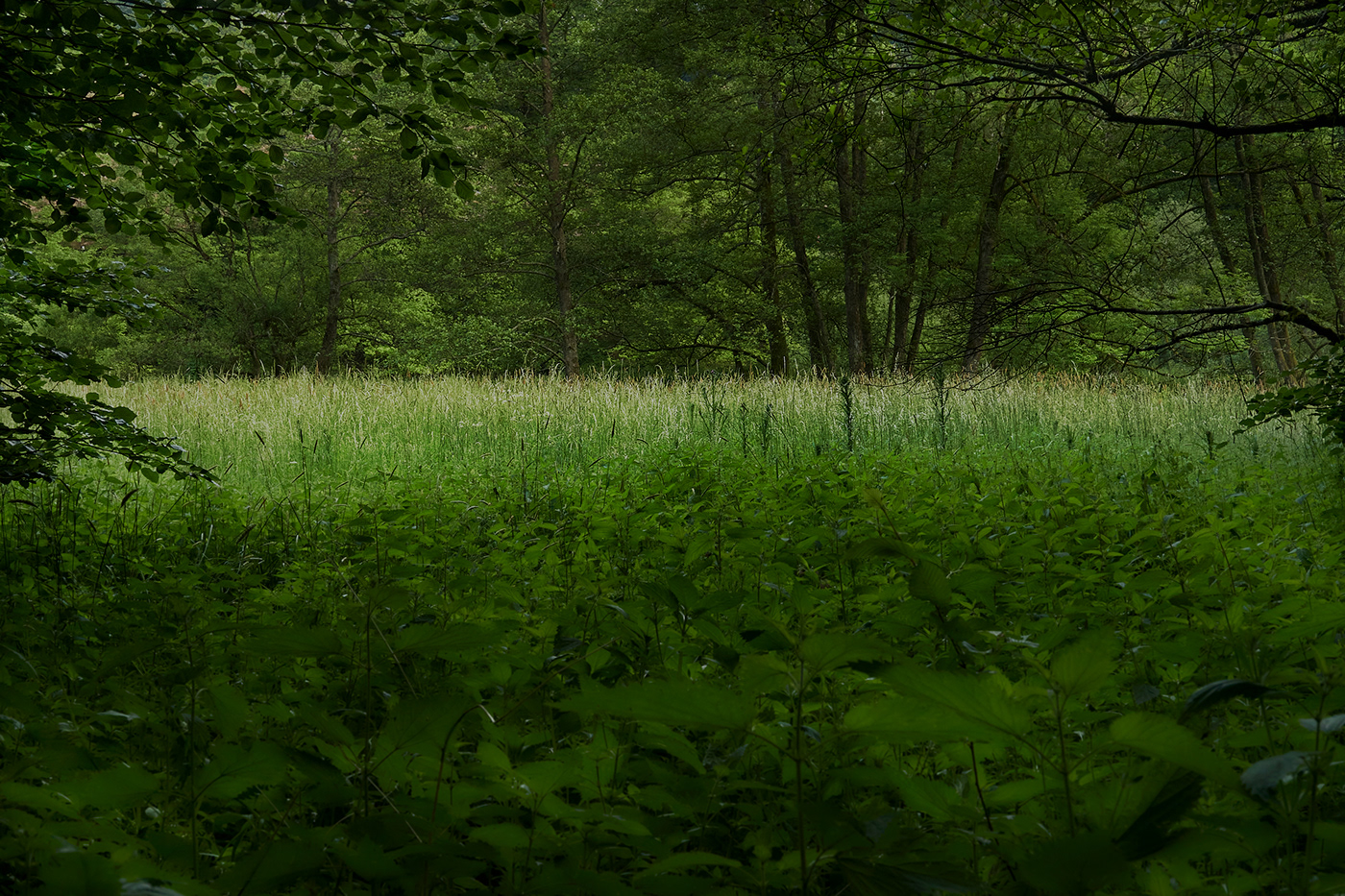

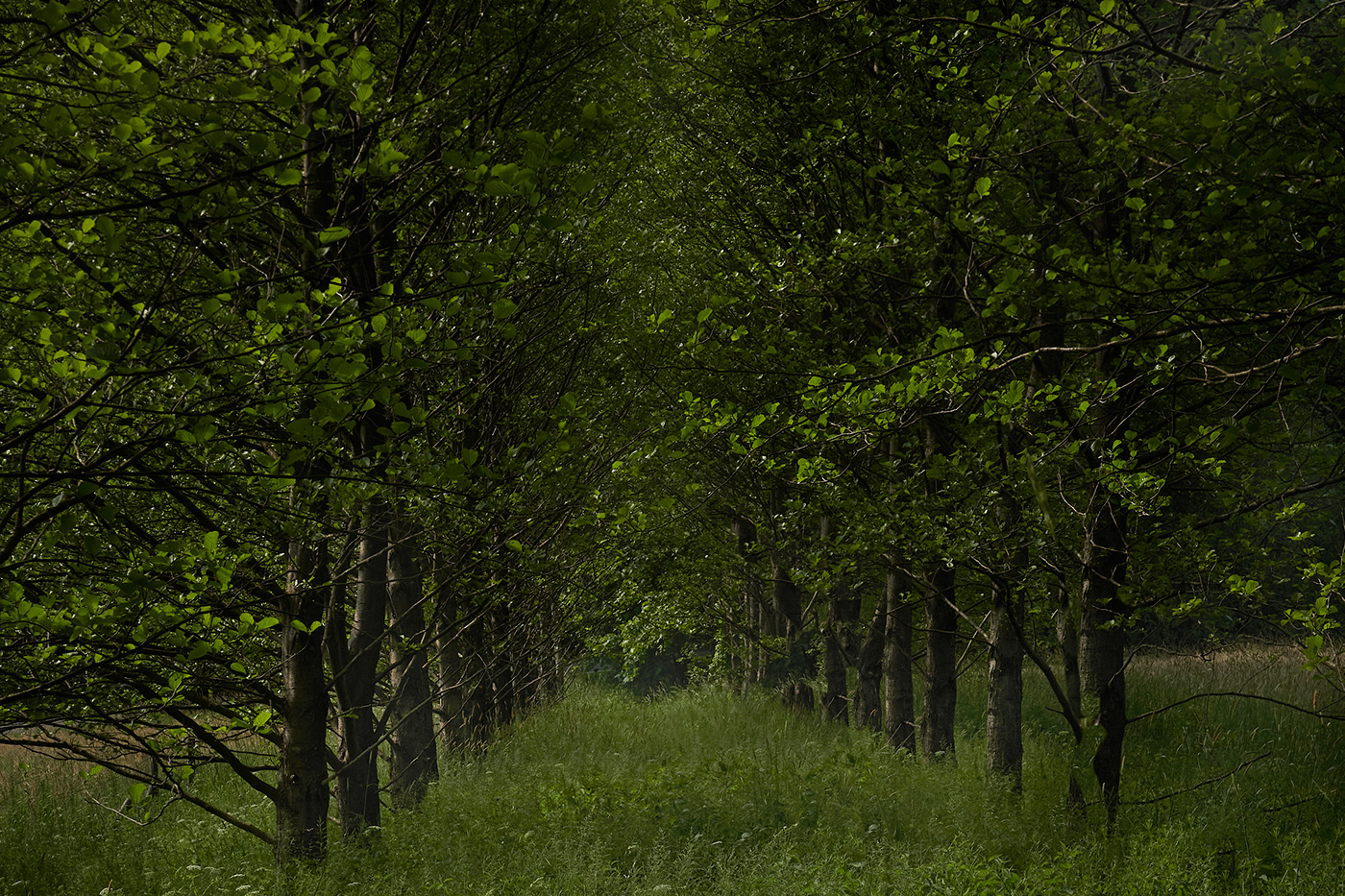
Site of the former forced labor camp "Habbach", where up to 500 men, women and children from Russia, Belarus and Ukraine were imprisoned and enslaved.
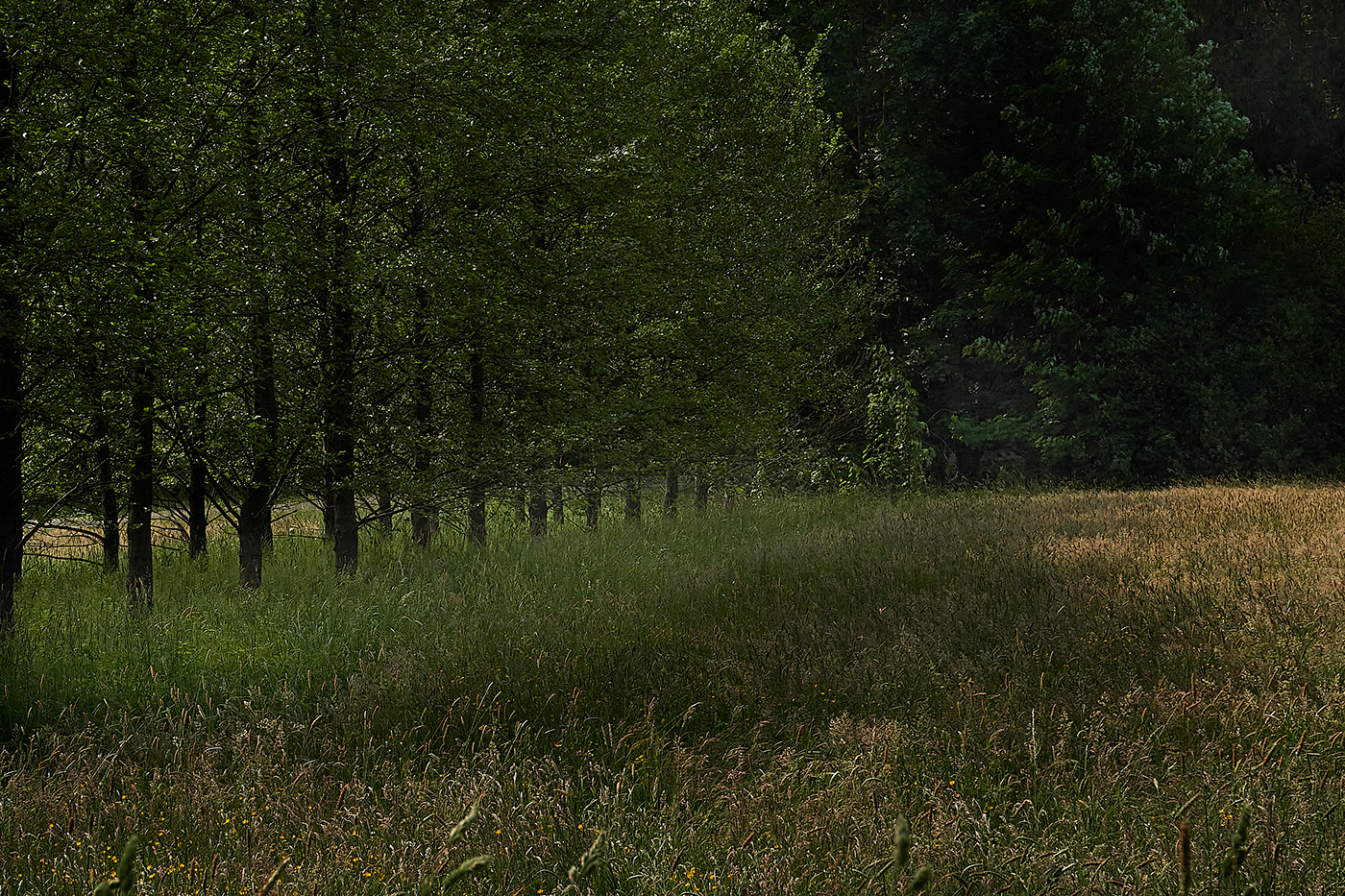
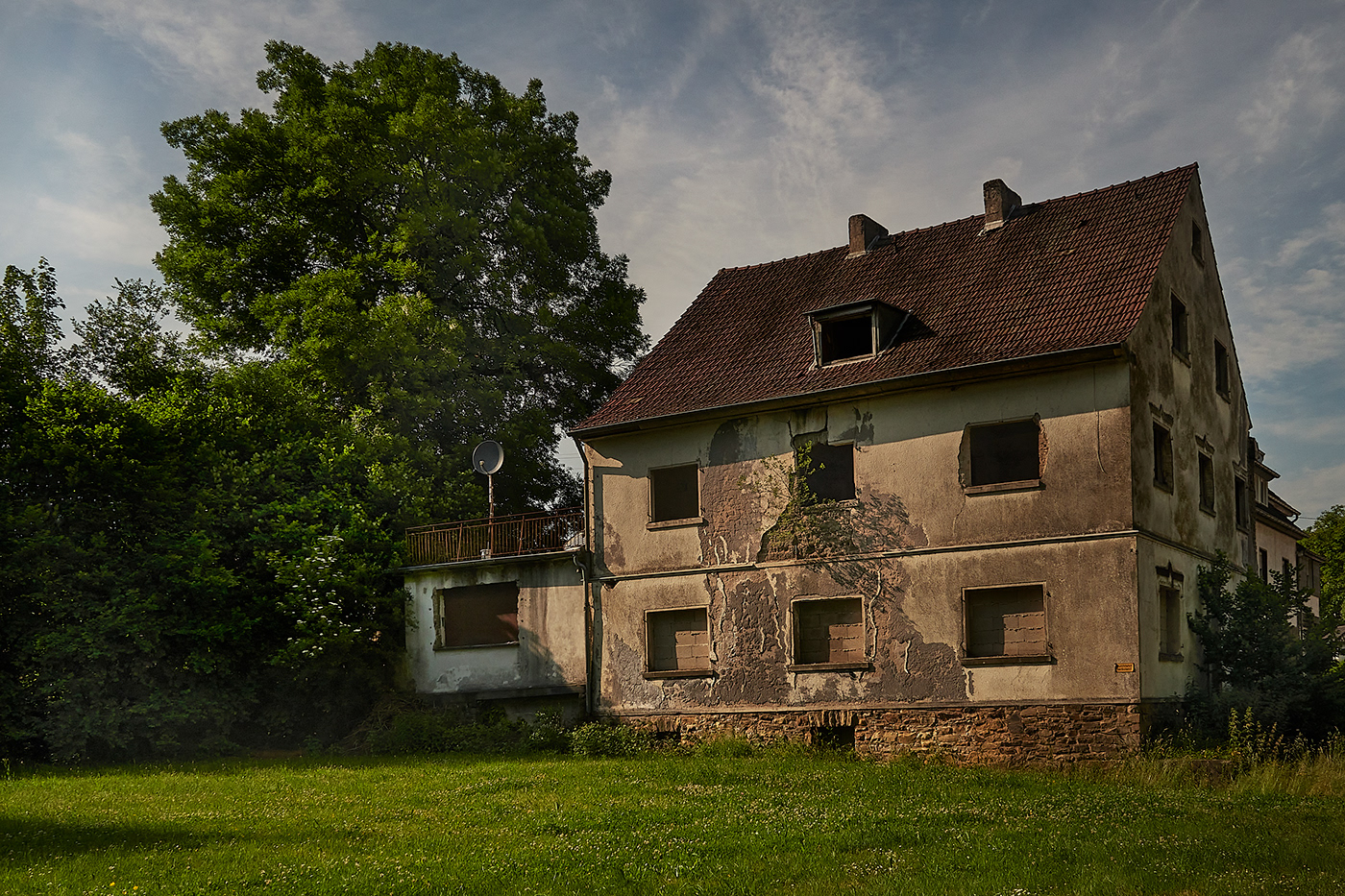
The grounds on which 98 Soviet POWs were imprisoned from December 1941 to February 1942. The commander of the camp in Hommerich was known for his brutality; he tortured the prisoners and shot at least one of them for alleged insubordination. 42 Soviet citizens died in only three months.
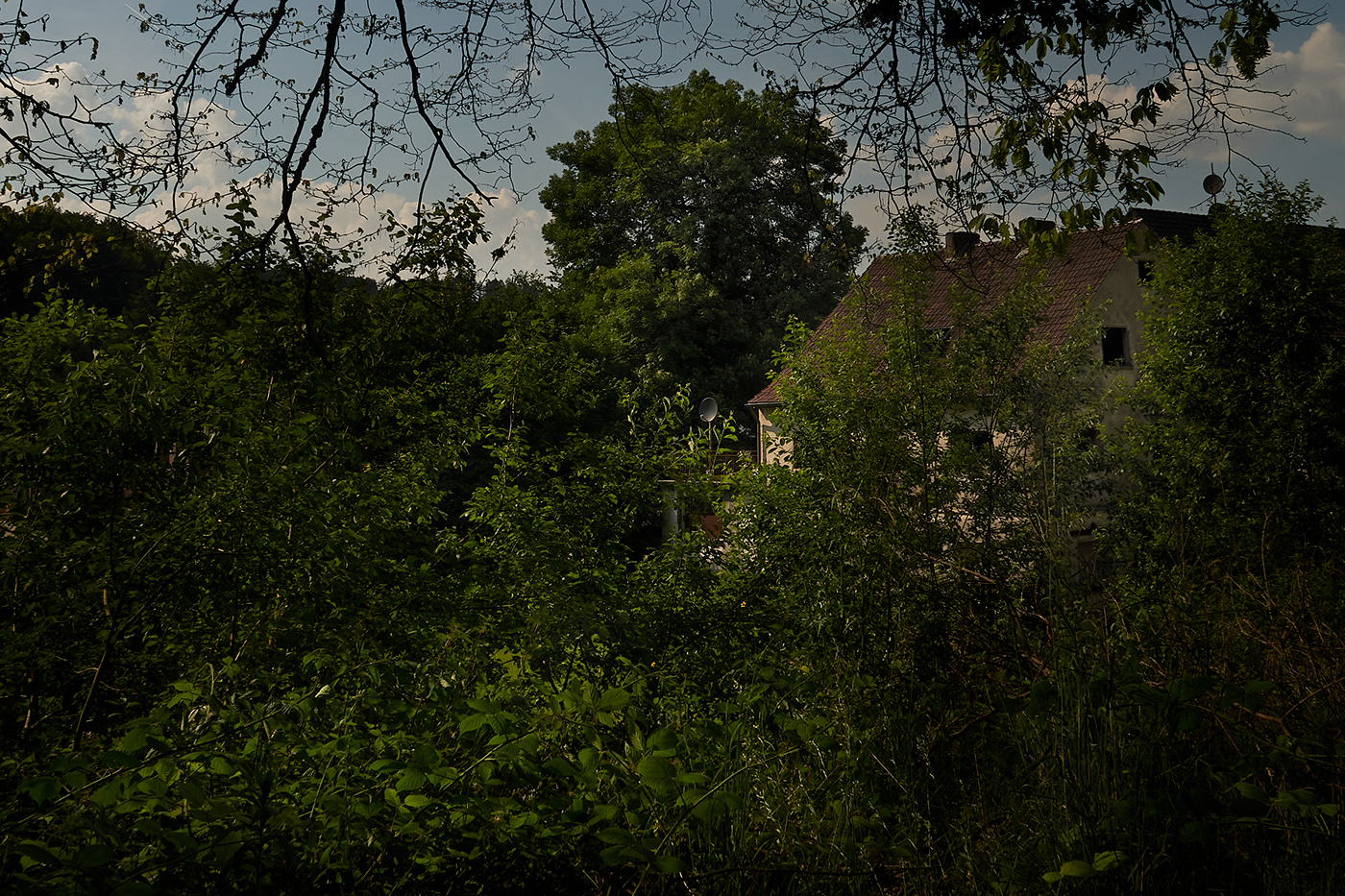
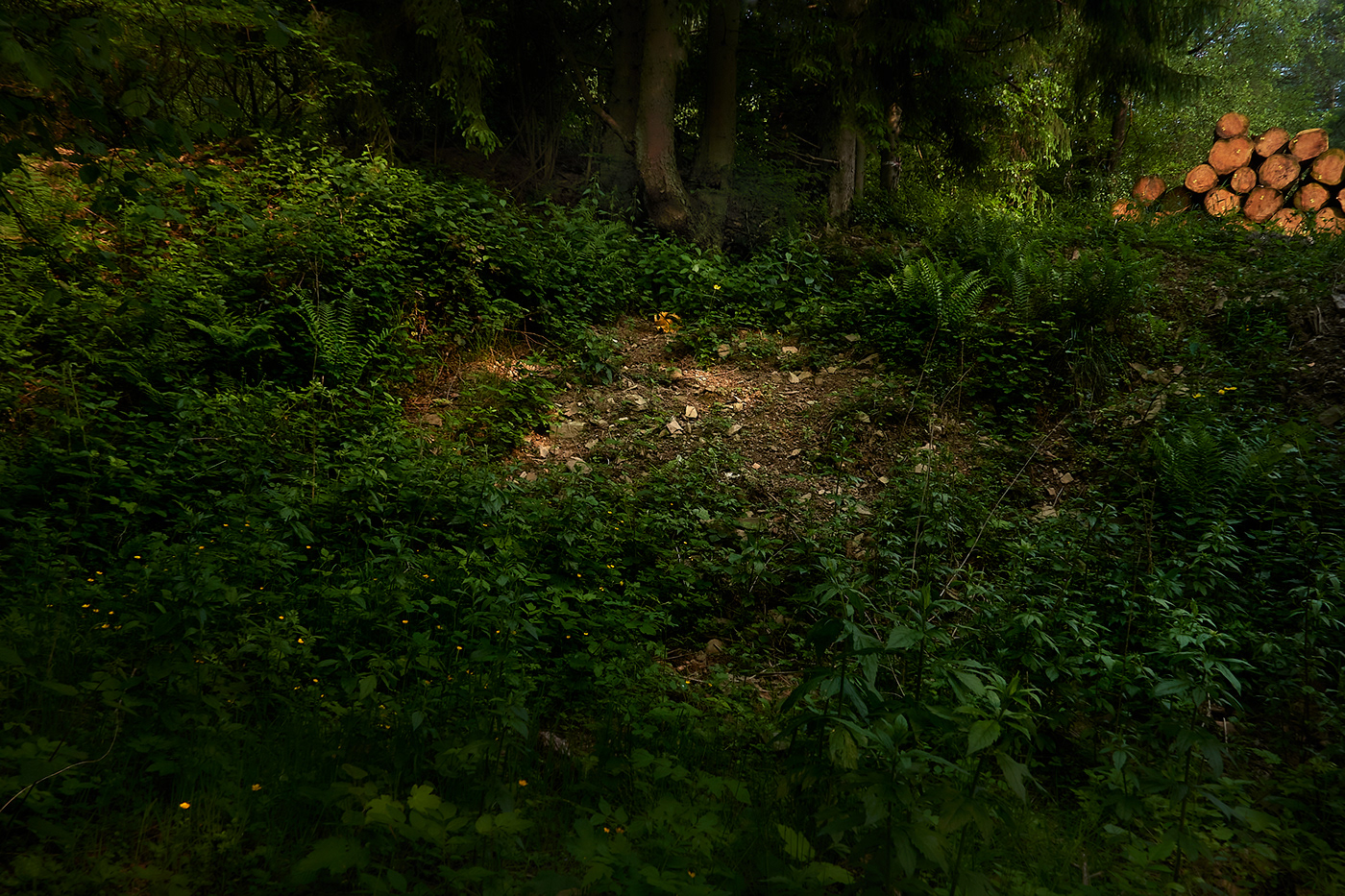
Site of the former forced labor camp "Unter-Würden", where during WW II initially more than 300, later more than 1300 persons were incarcerated. Today, this place of atrocity has long been forgotten, but you can still see its traces in the landscape, like the flattened area created for the barracks at that time.
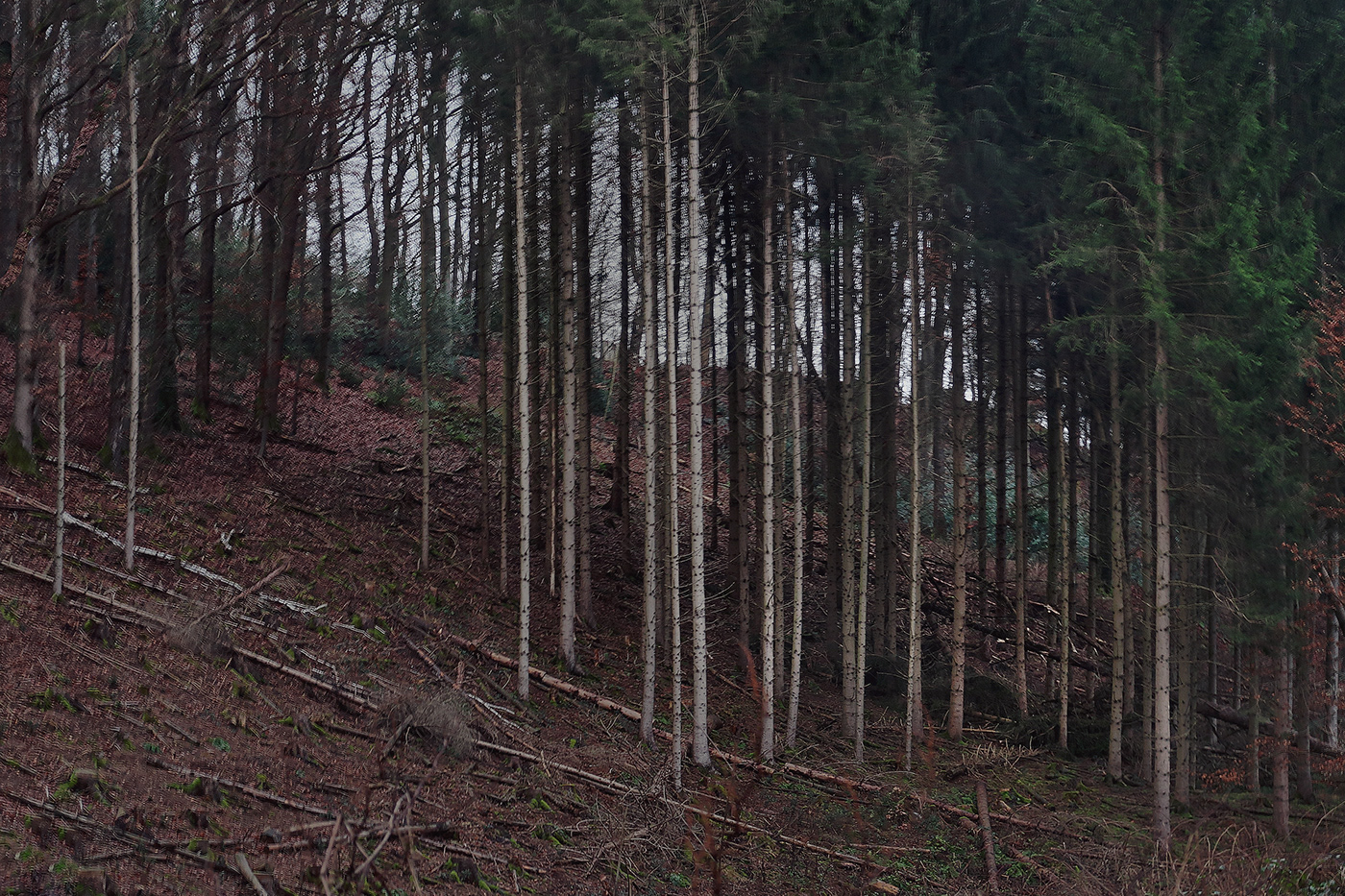


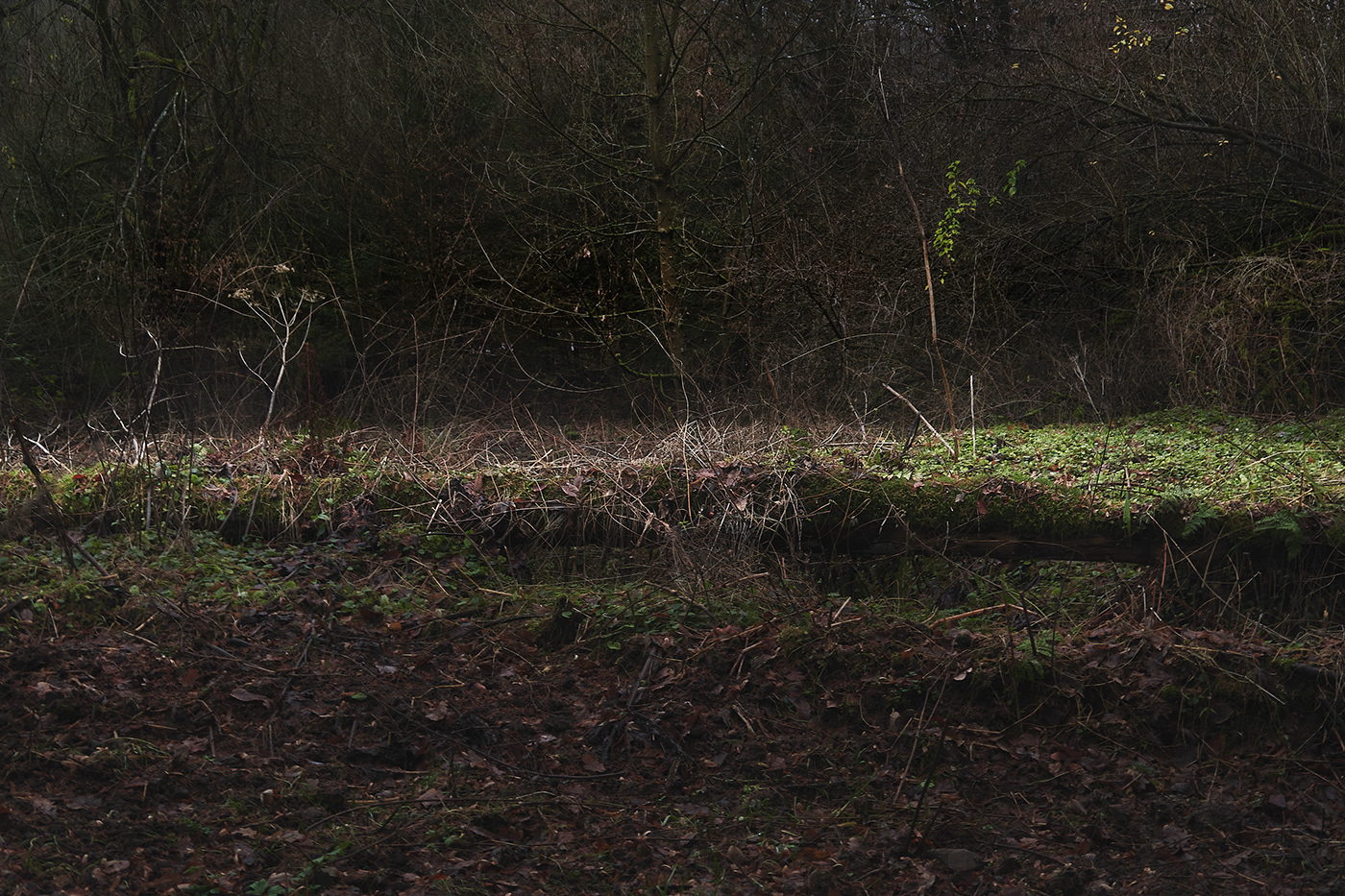

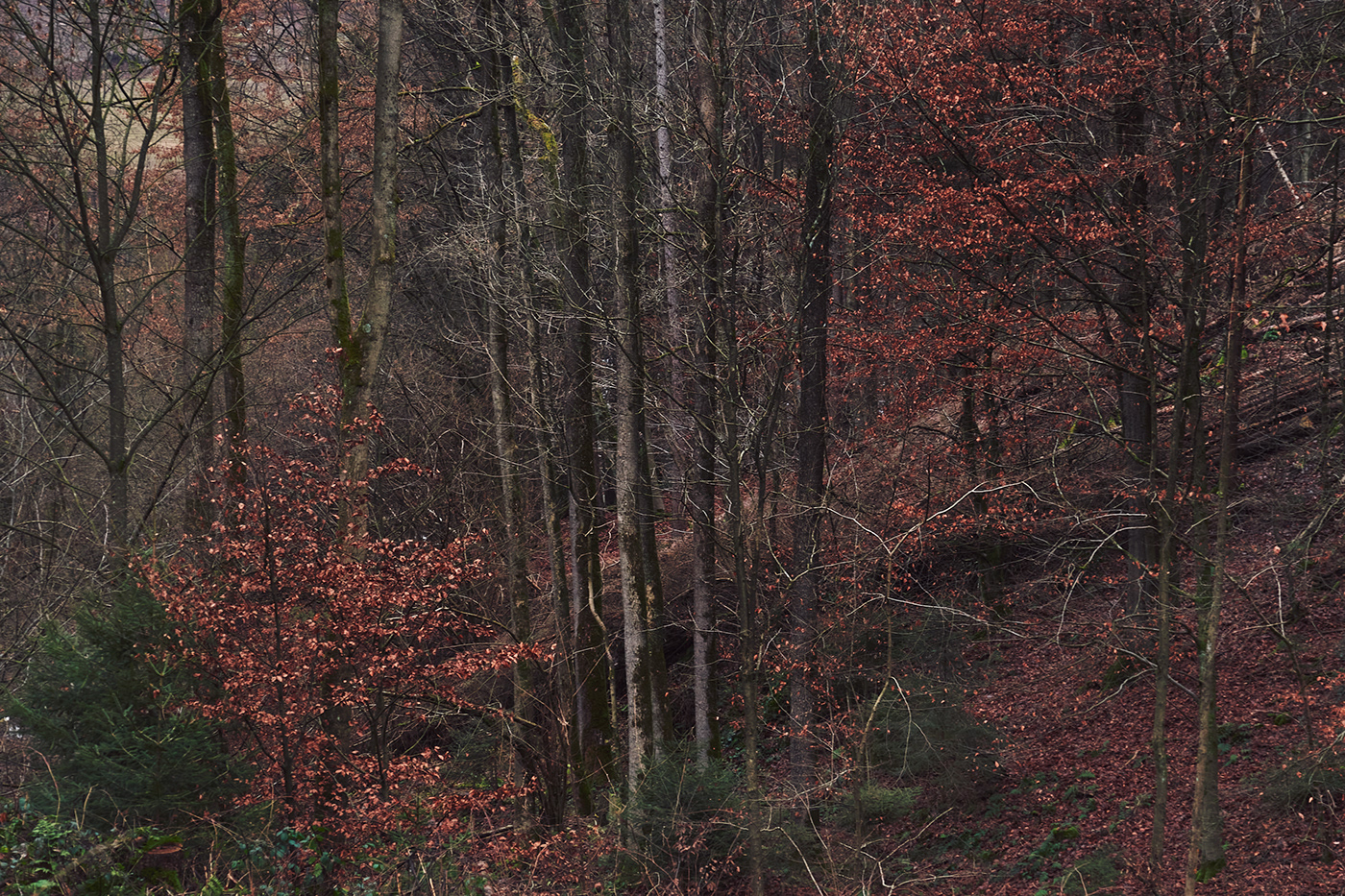
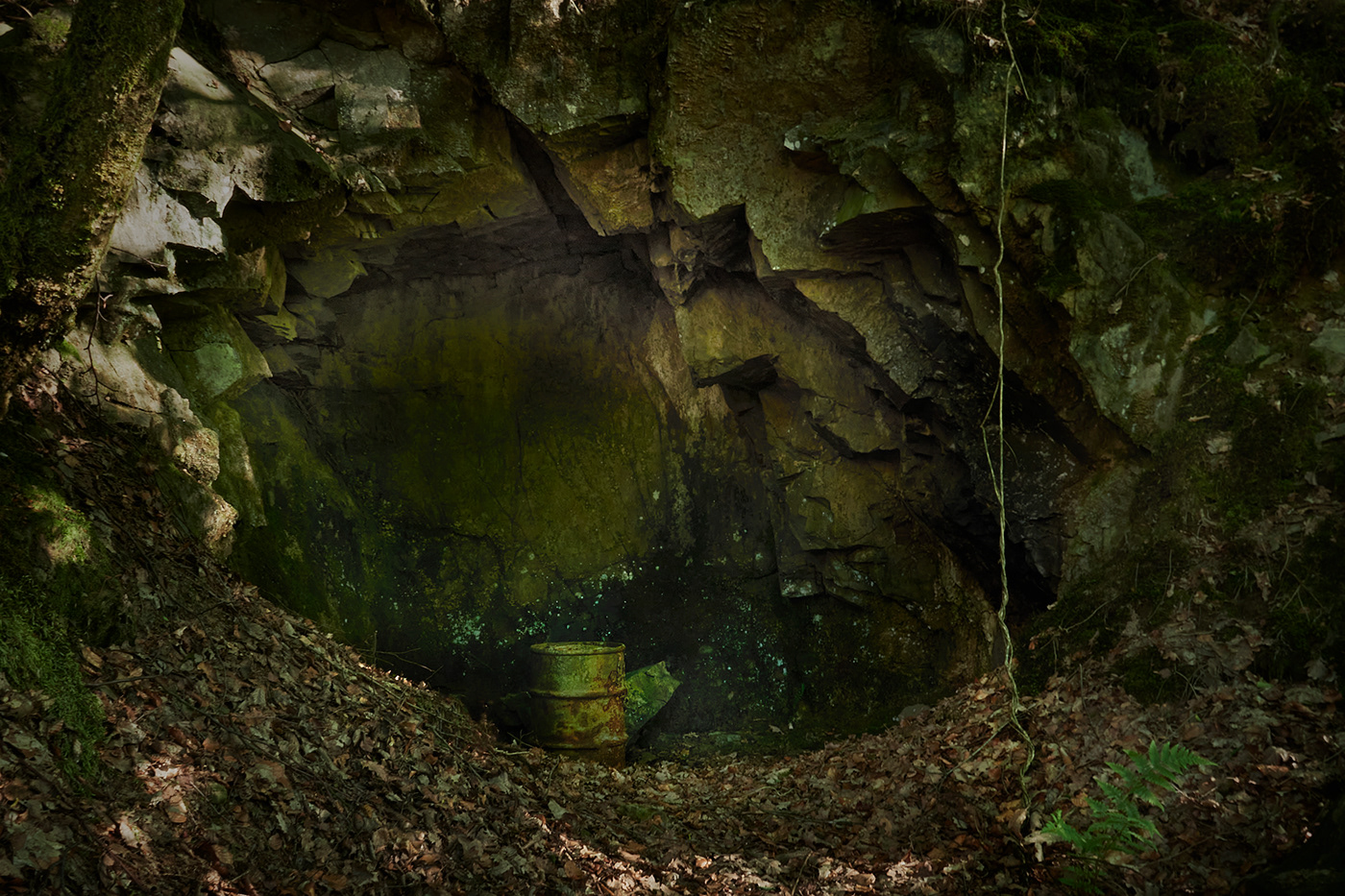
Site of the former forced labour camp "Rennbrucher Hammer", where 240 people were imprisoned and forced to do heaviest physical labour during World War II.
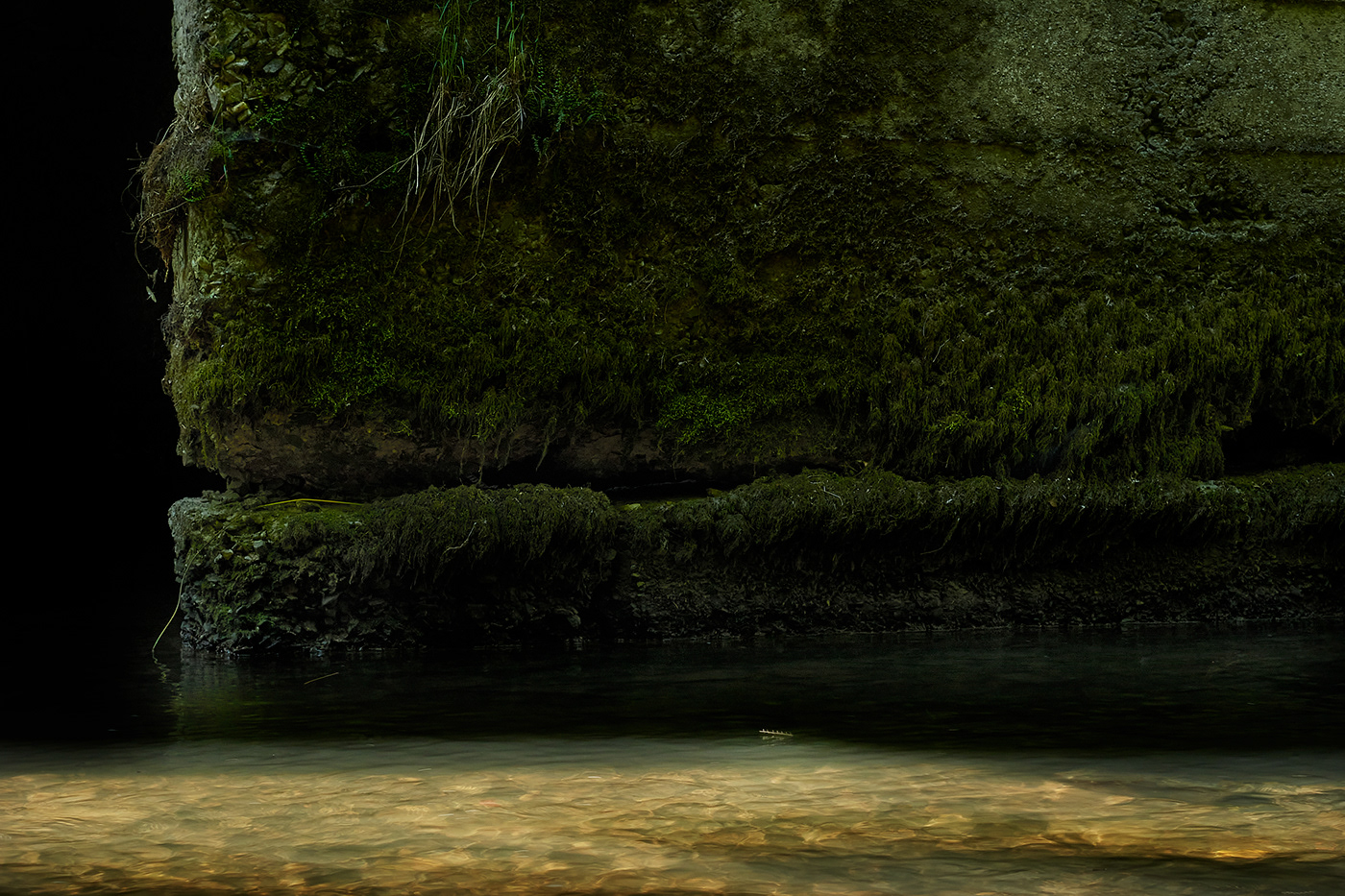
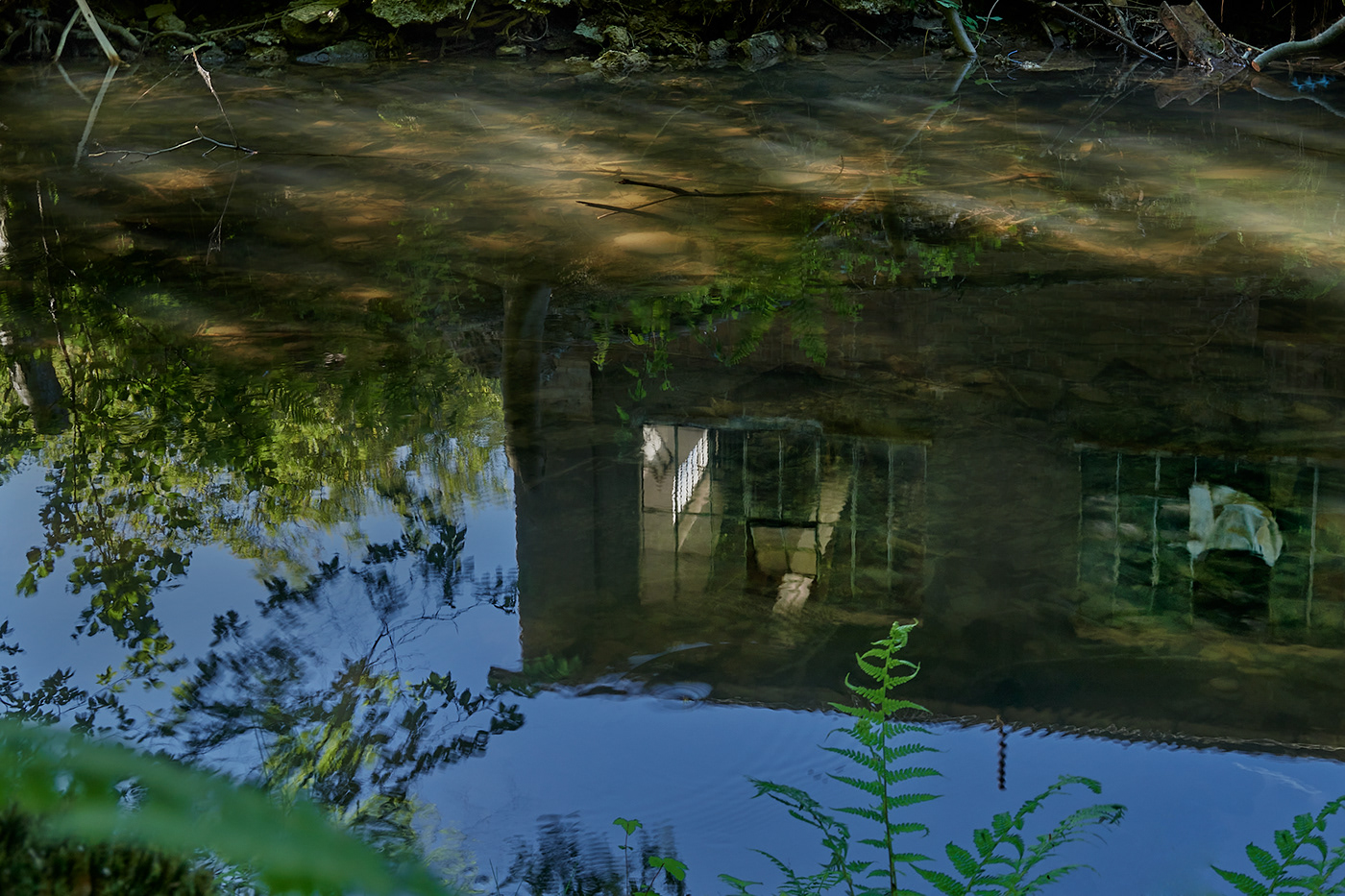
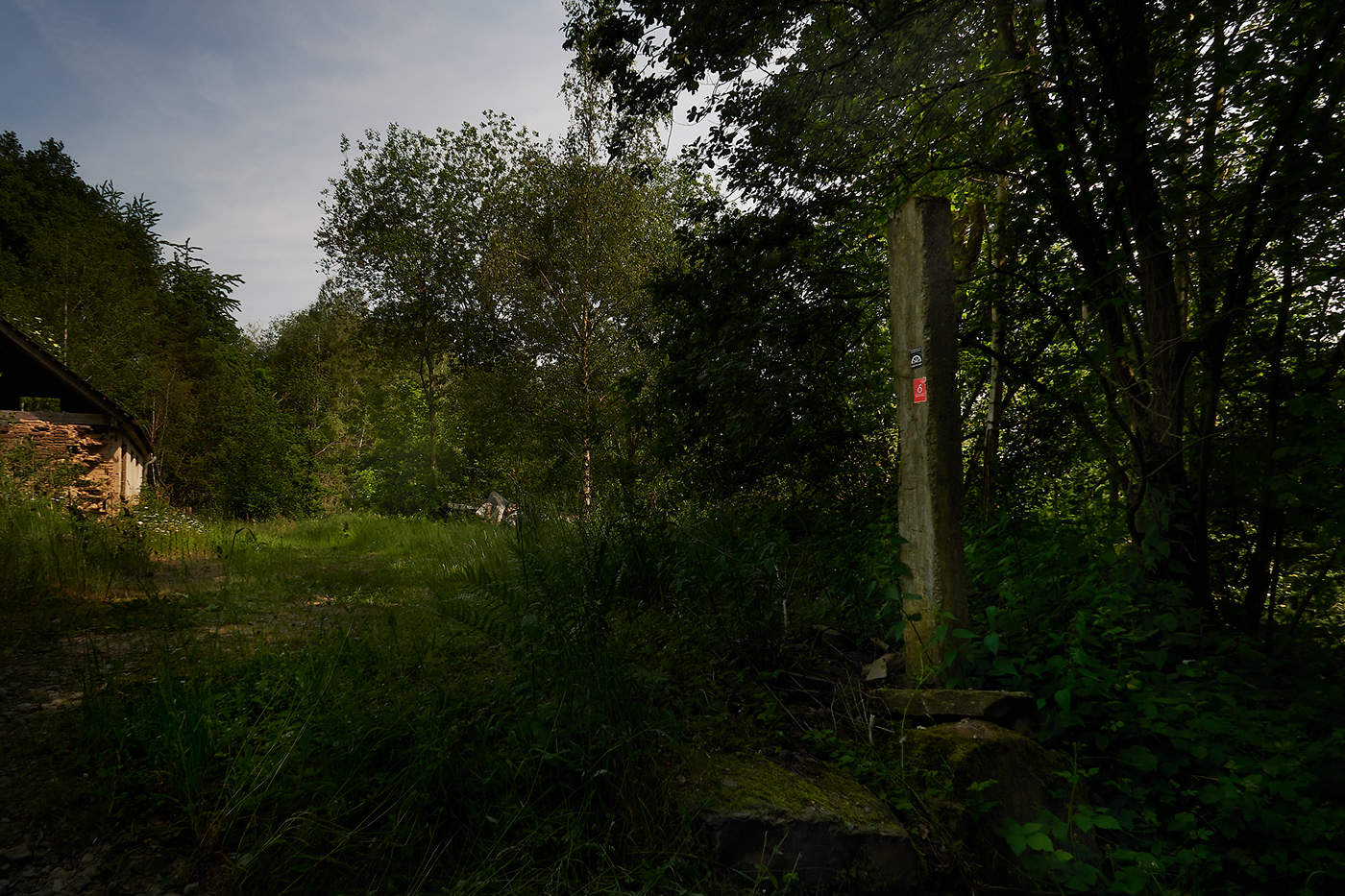
The Brungerst site in Lindlar, where 10 Soviet forced labourers were murdered on the night of 9 April 1945, just three days before the liberation. On the hollow way there, 12 other prisoners were able to flee and escape being shot.
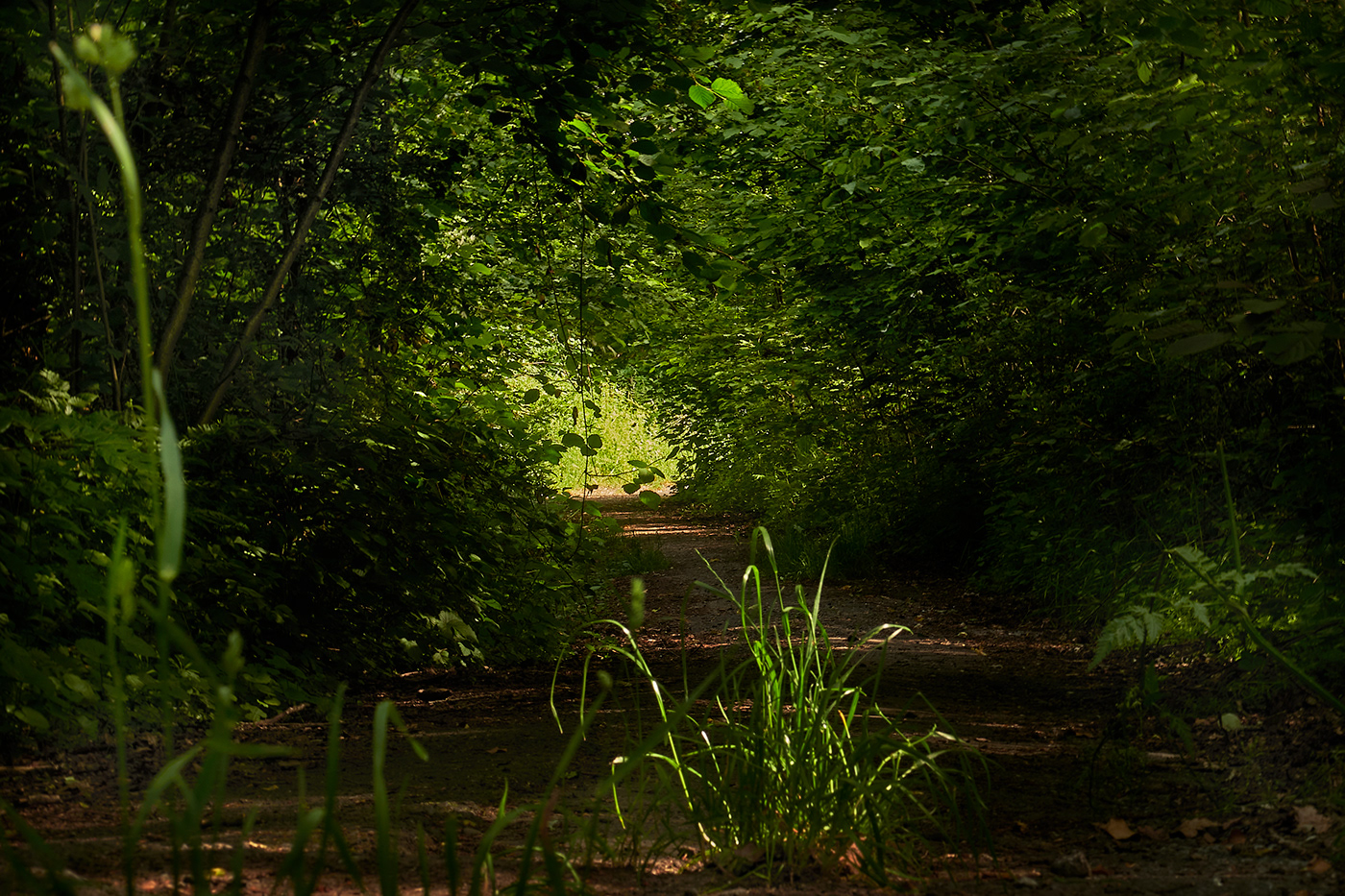
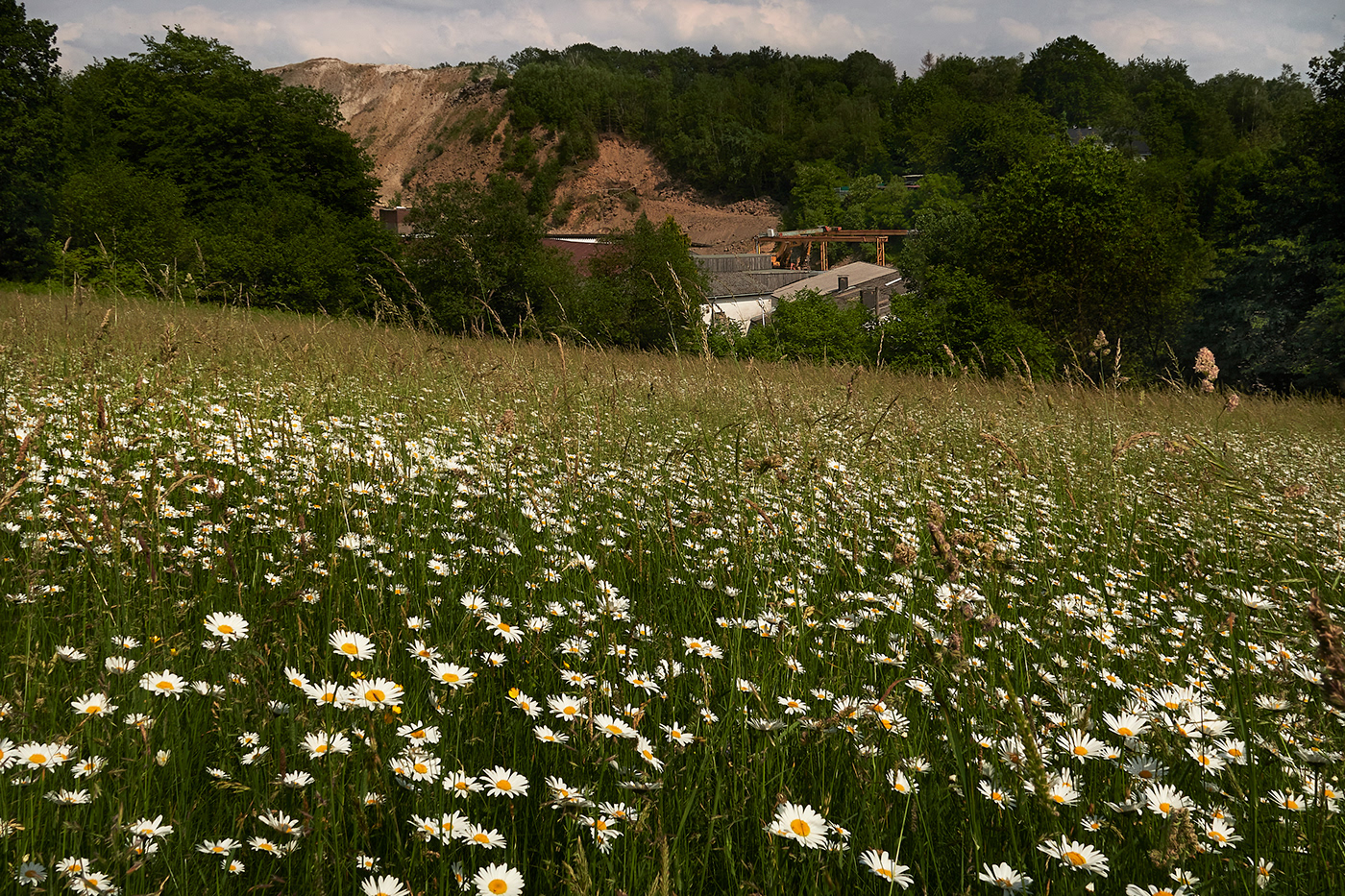
In the summer of 1944, there were 2.3 million prisoners of war and 5.4 million civilians from abroad in Germany who had been deported here for forced labour. Most of them were kept in camps. Historians estimate the number of POW camps at around 6,000, the number of camps for civilian forced labourers at 25,000 to 30,000. In Lindlar, a municipality with 20,000 inhabitants in North Rhine-Westphalia, there were alone at least 14 camps. No other NS crime confronted so many people personally - as victims, perpetrators or spectators.
Nevertheless, the camps were very quickly forgotten. But what always remains are traces, cracks and scars in the landscape. The past does not disappear, it writes itself into the landscape. Where nature seems to have swallowed up the past, long-forgotten events can be found and remembered.
